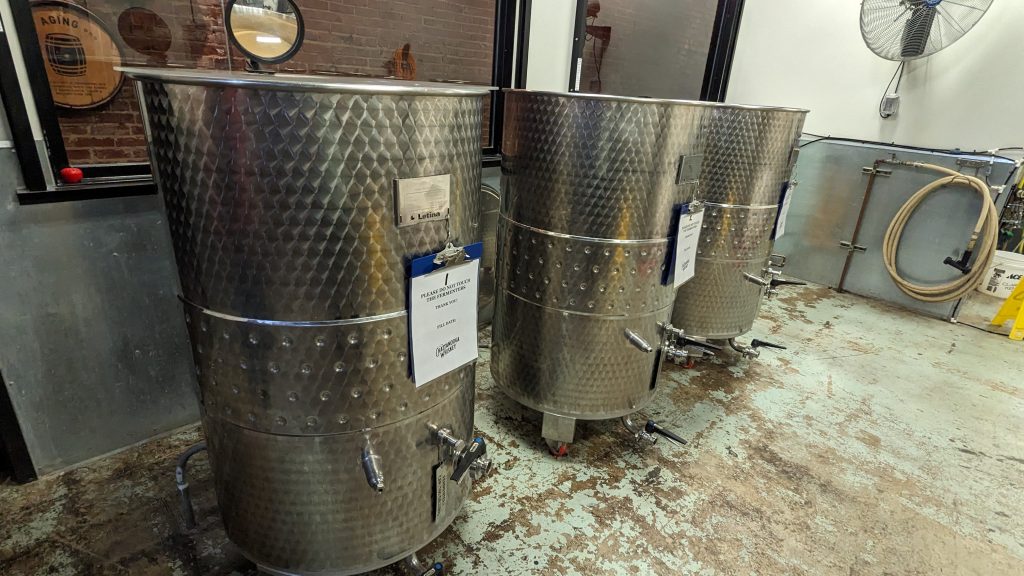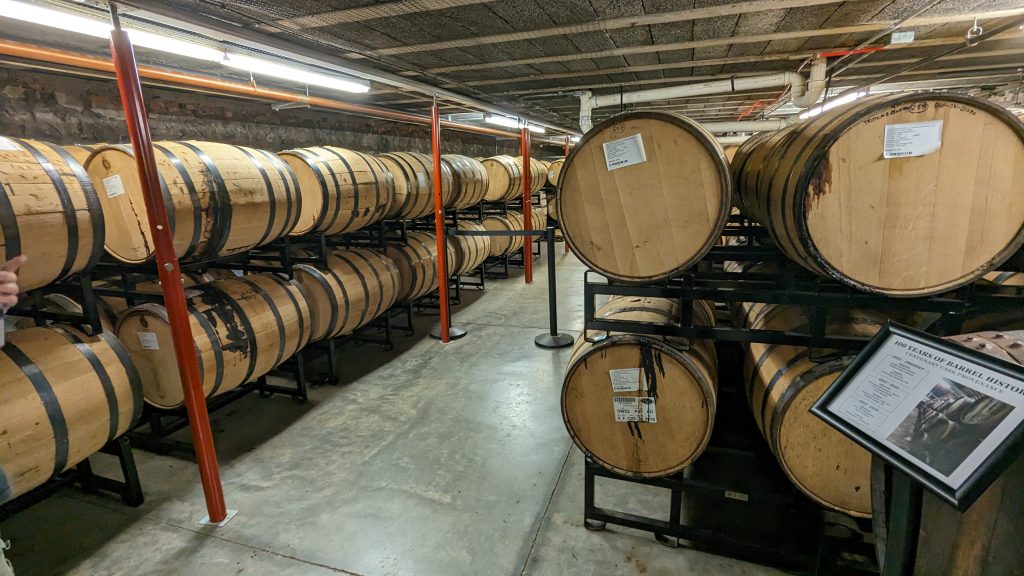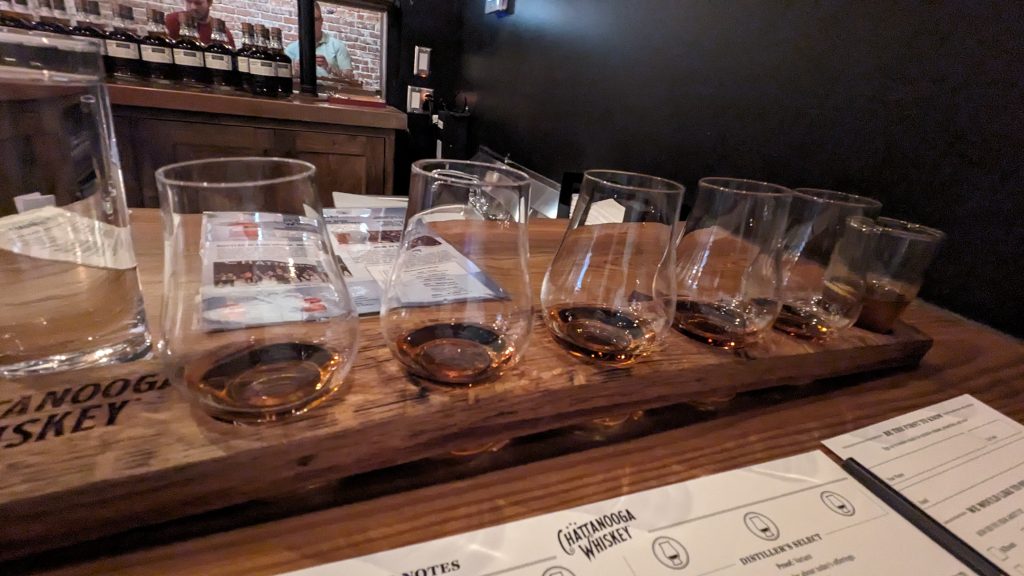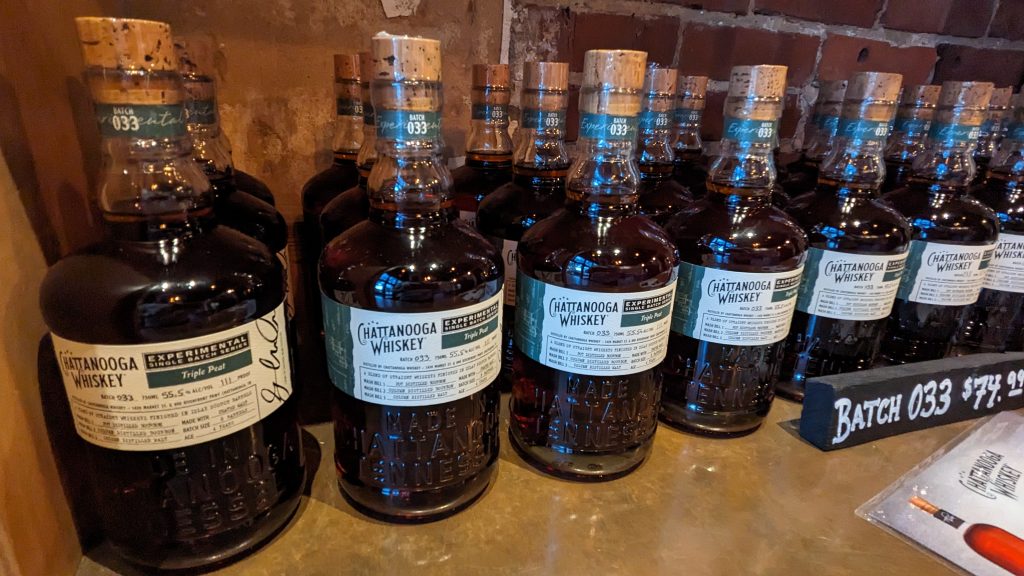Even though prohibition ended nationally in 1933, the lingering effects of laws of the era were still evident in the state of Tennessee in 2009 when only three counties in the state were allowed to distill spirits. The Great Recession of that year prompted Tennessee lawmakers to expand spirits production to an additional 41 counties in the state, but this still left 54 counties where production of liquor was prohibited.
Among these 54 counties was Hamilton County, where the city of Chattanooga is located. This current-day “prohibition” did not deter two entrepreneurs, Tim Piersant and Joe Ledbetter, who in 2011 decided to start a whiskey distillery in the city, launching a campaign to legalize whiskey production in the county while they contracted with an out-of-state distillery to begin production of whiskey under their Chattanooga Whiskey Co. brand.
Their legislative efforts were successful, though it took two years for the state of Tennessee for a bill to be signed into law. In 2014, the duo opened their first storefront distillery in downtown Chattanooga. Here, in 2015, they began experimenting with whiskey distilling recipes at the rate of one barrel a week, with an aim of producing 100 barrels, the best of which would become the basis for future production. And by the end of 2015, the first legally distilled whiskey in the city of Chattanooga was released.

Eventually, the company would build a large production facility nearby, but the Experimental Distillery remains active, and also includes a store and a whiskey tasting/tour experience.
Ticket in hand, I visited the distillery and partook of its offering. (I fortified Jennifer for the wait with a purchase from the chocolate shop right next door).
The tour began upstairs where the mash tuns and fermenters are installed. This small scale installation allows the whiskey masters to try out recipes in small batches, one barrel (53 gallons) at a time.
Small changes in the ratio of grains (corn vs. rye vs. barley) can have an enormous impact on the final result.
Once the spirit is distilled, barrels are stored in the basement, where they will age for a few years before being bottled — if they are up to the standards.


This approach allows for plenty of variations to be created, many of which are then offered in the tasting room and to tour attendees at the end of their visit.
I was able to try five different blends along with an old-fashioned cocktail made with Chattanooga Whiskey. Each was distinctive, and the brand’s trademark blends are smooth and subtle.
My tasting flight included a whiskey made with peated malt which resembled a Scottish whisky in its fiery, vibrant taste profile.

If I didn’t live in a van, I would likely have brought a bottle or two home with me!




